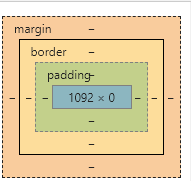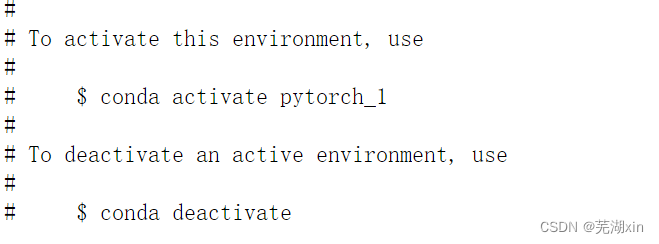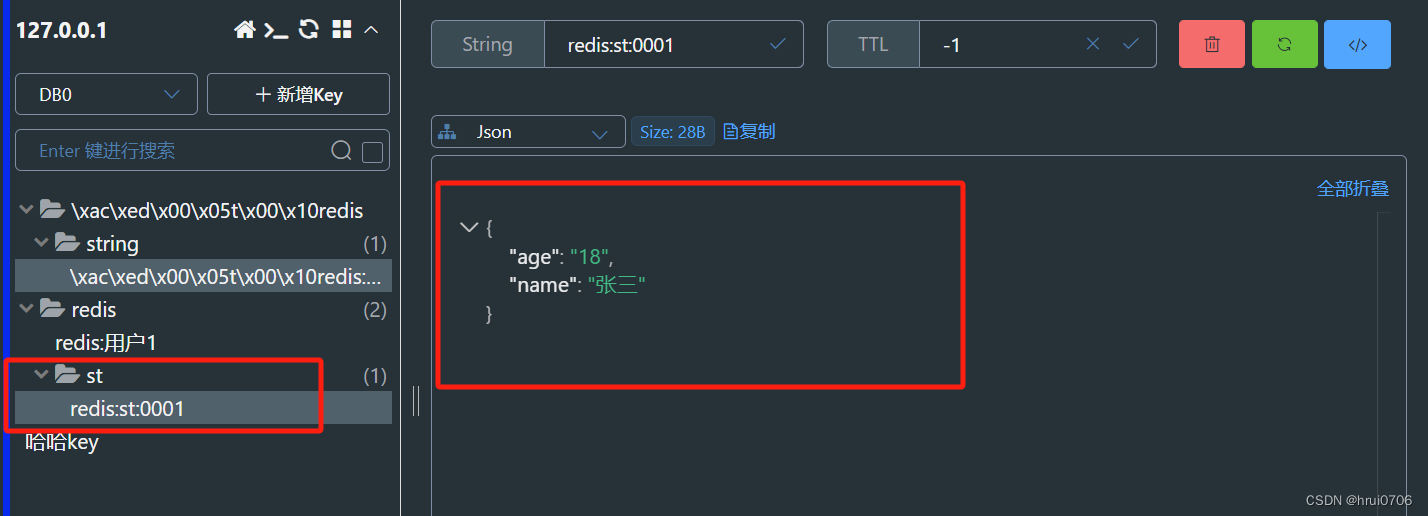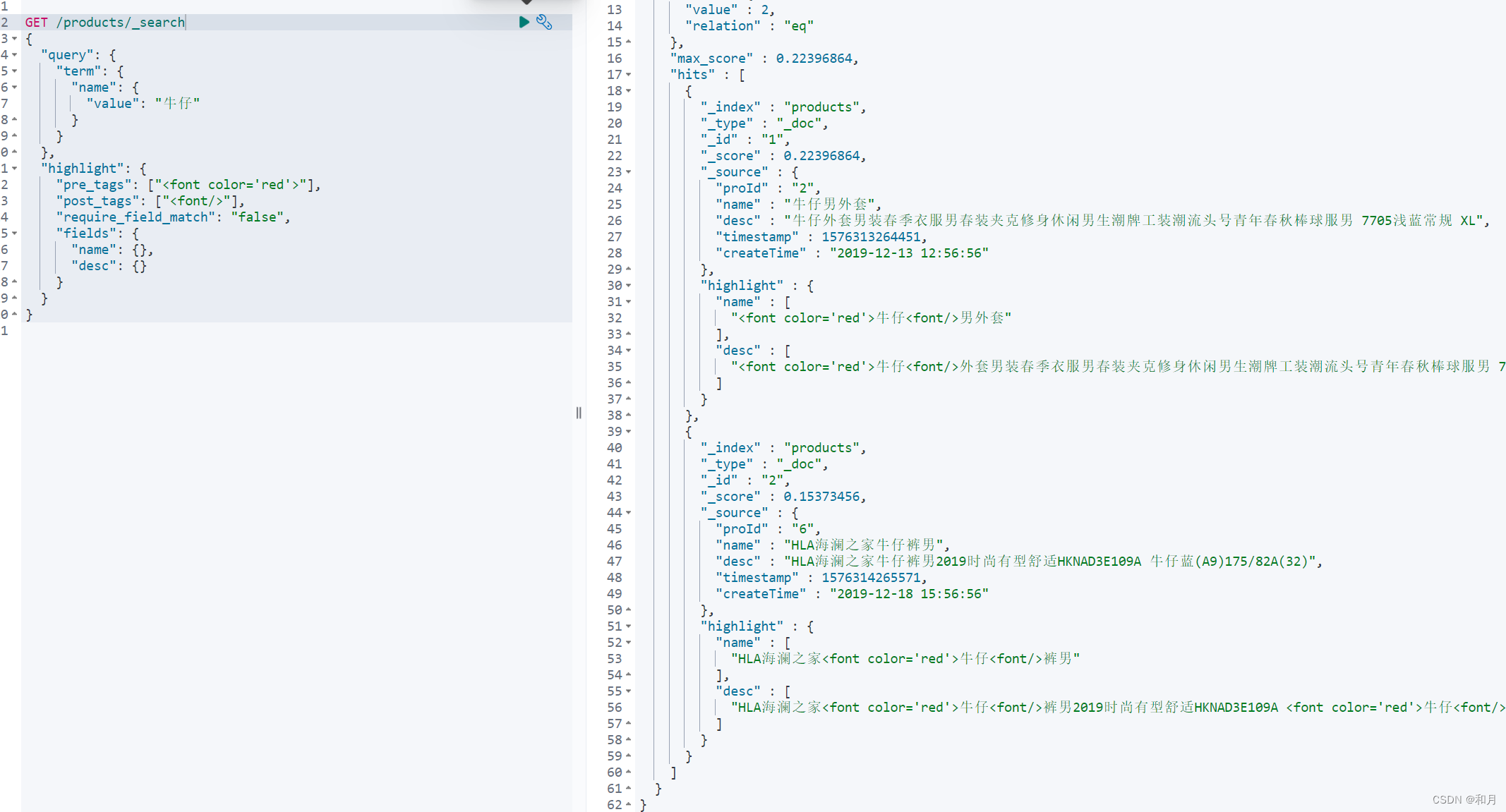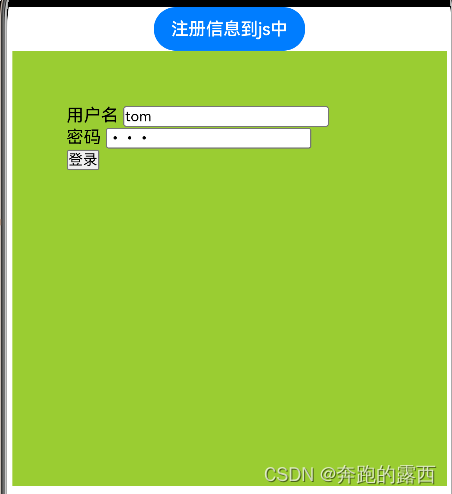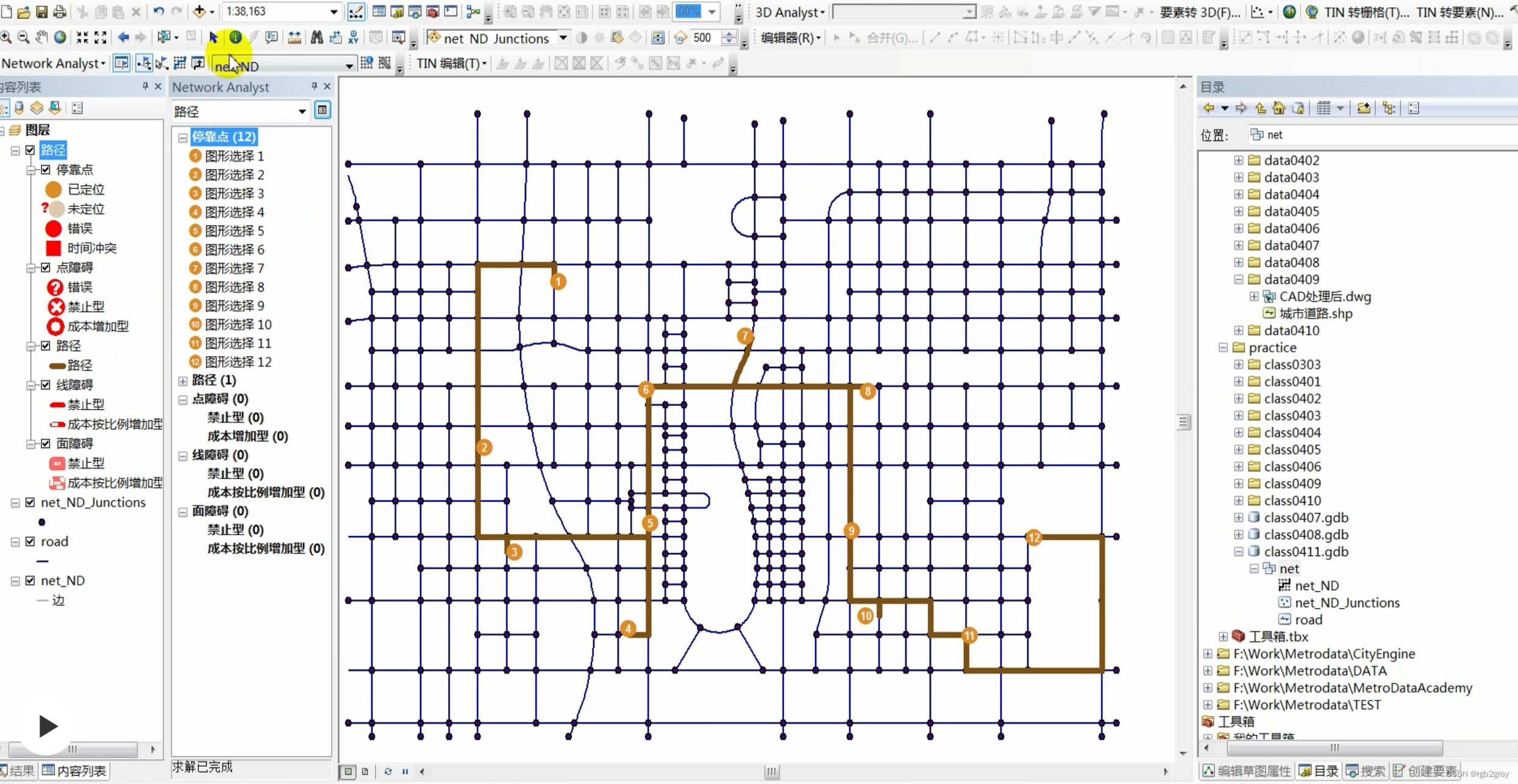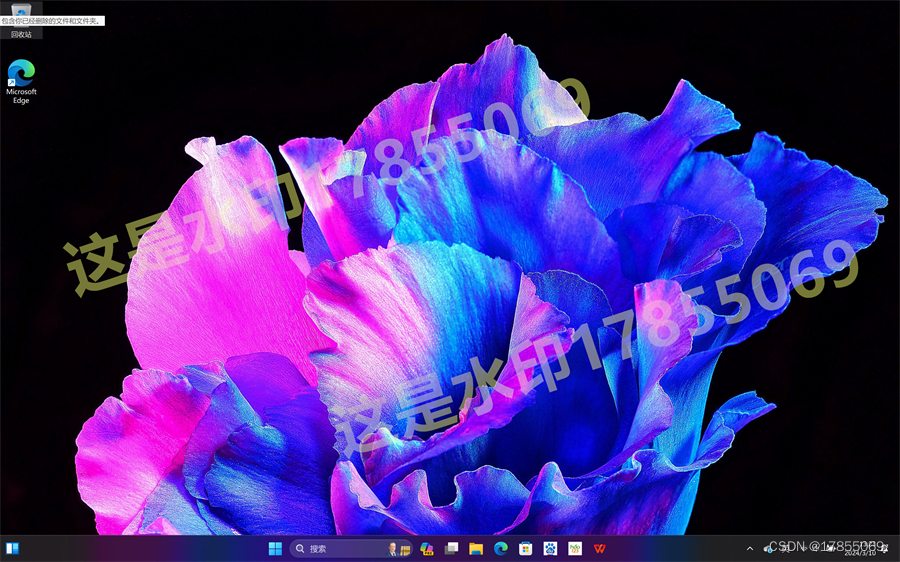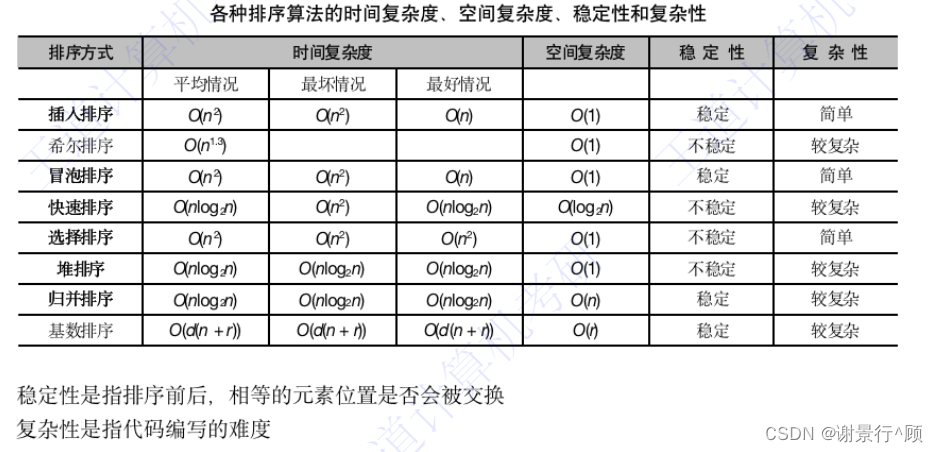要正确显示汉字,必须要先了解计算机文字编码相关知识,参考:unicode ucs2 utf16 utf8 ansi GBK GB2312 互转 及 渲染_ucs2编码转换-CSDN博客
1、汉字输出到 应用程序输出面板
qt 自定义的输出类qDebug() 、QDebug对象、QMessageLogger默认输出到 应用程序输出面板 
当qt使用vs编译器时,对于输出到应用程序输出面板上时,给OutputDebugStringW()投喂unicode的utf-16编码的字符串,对于GB2312范围内的字符串是不会乱码的或出现文字遗失的。
当qt使用mingw编译器时,输出到应用程序输出面板上时,给OutputDebugStringW()投喂unicode的utf-16编码(双字节)的字符串,会被莫名其妙的按单个字节拆成unicode的utf16编码,暂时还没找到什么原因。比如"你好" ,utf16为0x4F60 0x597D,但是在选用Mingw编译器输出到output panel时显示成ÄãºÃ,对应的utf16编码为:0x00C4 0x00E3 0x00BA 0x00C3
下面是两个可以直接显示到output panel 的windows api。加上<windows.h>就可以直接调用
OutputDebugStringW(L"aaa你好"); //windows api,用于将utf16编码的字符串显示到output panel上
OutputDebugStringA("aaa你好"); //windows api,用于将ansi编码的字符串显示到output panel上 2、汉字输出到控制台窗口
qt自定义输出类QDebug类、qDebug()、QMessageLogger类、qt_message_output() 默认输出到到qt ide 的 应用程序输出面板 (application output panel)上,需要通过设置来输出到 控制台窗口
vs qt 调试 输出 打印 到 输出窗口 或 控制台窗口_qt输出信息到窗口-CSDN博客
控制台窗口显示正确的汉字需要很小心。
1、最基础的是要明确知道你投喂给控制台窗口的字符串是什么编码的。QString中字符串是以unicode的utf16编码进行保存的。当需要输出到控制台的时候,内部会通过QTextCodec进行转码,转成QTextCodec所设置的目标编码的字符串。然后再输出给控制台。
2、控制台只支持显示兼容ascii编码的编码方式,可以是ansi(GB2312),可以是utf8,但是不支持显示utf16编码。
控制台所支持的字体库有限,并且只能是GB2312字符集,对于超出的显示会乱码或两问号。具体原因比较复杂。
通过system("chcp 65001"); 设置控制台显示utf8编码的字符,通过system("chcp 936"),设置控制台显示GB2312编码的字符。
3、其次投喂给控制台的字符编码需要与控制台当前支持的编码要一致。在字符串前面加u8 ,强制字符串以utf8编码的方式存入到char*类型变量的内存中。这个无法强制QString,任何编码类型的字符串输入给QString保存,QString都会自动转码成utf16编码。如果需要可以使用QByteArray 或者QLatin1String进行保存。详细请参考:QString 与 字符编码 QTextCodec-CSDN博客
4、QString或者 QTextCodec 提供了非常方便使用的文字编码转换接口。
另外QString向控制台输出的时候有一个toLocal8Bit()的过程。这是导致在控制台显示乱码的一个因素。如果使用qt自定义输出类及接口向控制台窗口输出,想要正确输出汉字,必须要指定正确的QTextCodec。QTextCodec默认为system,windows下为ansi,linux下为utf8。
D:\Qt\Qt5.12.0\5.12.0\Src\qtbase\src\corelib\global\qlogging.cpp
......
static void stderr_message_handler(QtMsgType type, const QMessageLogContext &context, const QString &message)
{
QString formattedMessage = qFormatLogMessage(type, context, message);
// print nothing if message pattern didn't apply / was empty.
// (still print empty lines, e.g. because message itself was empty)
if (formattedMessage.isNull())
return;
fprintf(stderr, "%s\n", formattedMessage.toLocal8Bit().constData());
fflush(stderr);
}
......
D:\Qt\Qt5.12.0\5.12.0\Src\qtbase\src\corelib\tools\qstring.cpp
......
QByteArray QStringRef::toLocal8Bit() const
{
return qt_convert_to_local_8bit(*this);
}
.....
static QByteArray qt_convert_to_local_8bit(QStringView string)
{
if (string.isNull())
return QByteArray();
#ifndef QT_NO_TEXTCODEC
QTextCodec *localeCodec = QTextCodec::codecForLocale();
if (localeCodec)
return localeCodec->fromUnicode(string);
#endif // QT_NO_TEXTCODEC
return qt_convert_to_latin1(string); //被当做ascii编码处理。
}
......案例
#include <QTextCodec>
#include <QDebug>
#include <Windows.h>
int main()
{
//QTextCodec编码器要与编译器参数execution-charset(vs编译器,默认为GB2312)/fexec-charset(gcc或类gcc编译器,默认为UTF8)的值一致,
QTextCodec *codec=QTextCodec::codecForName("GB2312"); //设置QString的fromLocal8Bit() 和toLocal8Bit()的QTextCodec为GB2312QTextCodec
//QTextCodec *codec=QTextCodec::codecForName("UTF-8"); //设置QString的fromLocal8Bit() 和toLocal8Bit()的QTextCodec为UTF-8 QTextCodec
QTextCodec::setCodecForLocale(codec);
QString s=QString::fromLocal8Bit("你好");
//QString s=QString::fromUtf8(u8"你好"); //
system("chcp 936"); //设置控制台输出窗口接收GB2312编码的字符串
//system("chcp 65001"); //设置控制台输出窗口接收utf8编码的字符串
qDebug()<<s<<endl;
return 0;
}3、编译器坑
vs2015编译器,需要更新 Visual Studio 2015 Update 2,才能支持下面两个选项。
下面两个参数告知编译器输入文件编码 及 告诉编译器将字符串保存到内存中使用的编码。
//gcc 或 类gcc编译器
QMAKE_CXXFLAGS += -finput-charset=UTF-8
QMAKE_CXXFLAGS += -fexec-charset=UTF-8//vs编译器
QMAKE_CXXFLAGS += /source-charset:utf-8
QMAKE_CXXFLAGS += /execution-charset:utf-8上面的参数不能混用
//测试代码
#include <QDebug>
#include <QTextCodec>
#include <iostream>
using namespace std;
int main(int argc, char *argv[])
{
QTextCodec *codec = QTextCodec::codecForName("UTF-8"); //
QTextCodec::setCodecForLocale(codec);
//cout<<::getenv("path")<<endl;
system("chcp 65001");
cout<<u8"你好𬌗"<<endl;
qDebug()<<"aa你好𬌗"<<endl;
return 1;
}测试结果







